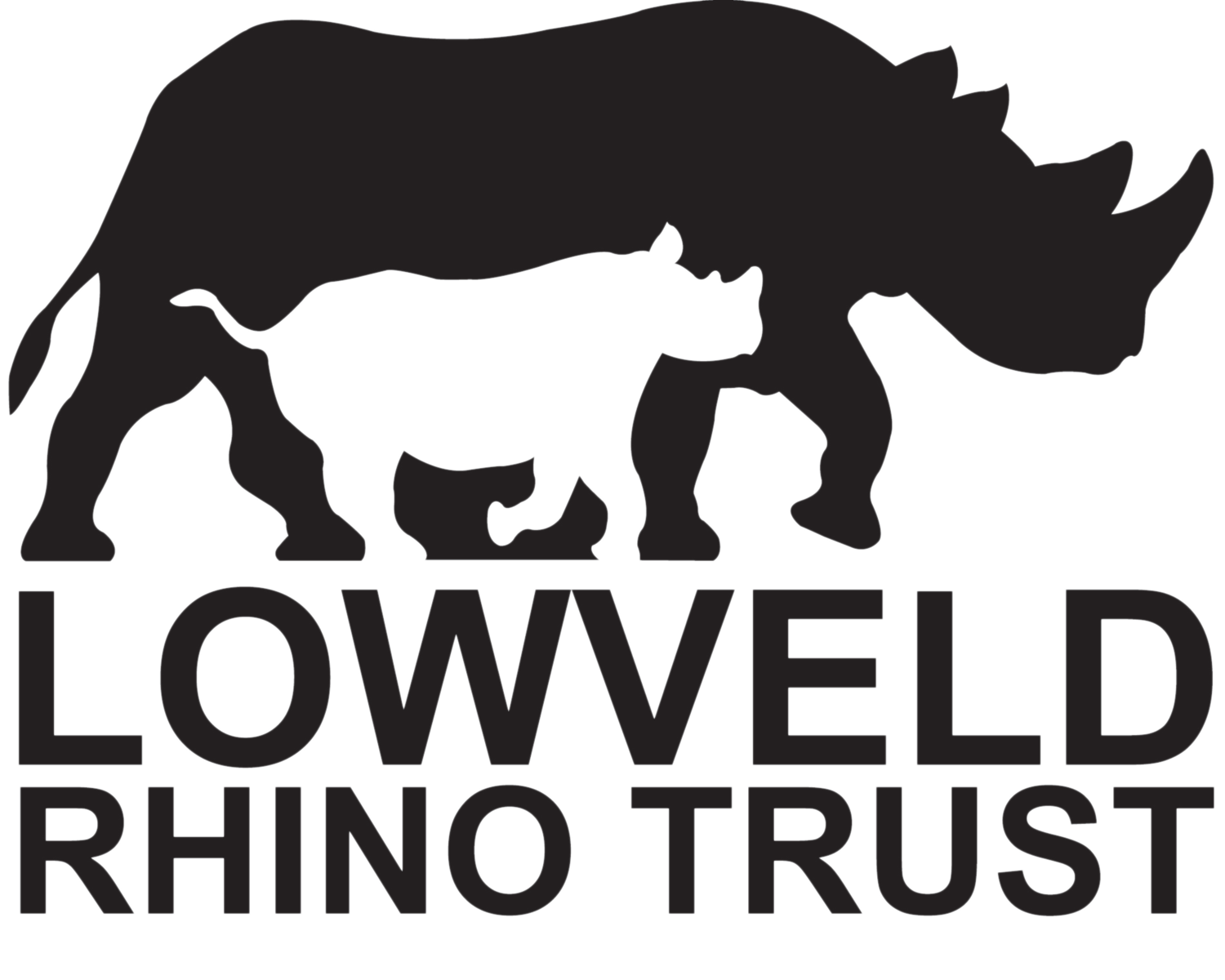
About LRT
The area with rhinos in the Lowveld region of southern Zimbabwe is over 1.3 million acres (500,000 hectares) and presently holds over 470 black rhinos (Diceros bicornis minor) and 300 white rhinos (Ceratotherium simum simum) representing 85% of the Zimbabwean rhino population. This rhino range extends from Bubye Valley Conservancy in the west through Save Valley Conservancy to the Chipinge Safari Area near the Mozambique border, 200 miles (320 kilometres) to the east of Bubye.
Most of LRT’s recent work has been in private conservancies within this region, comprised of former cattle-ranching areas from which rhinos had been eradicated in colonial times. After rhino restocking, LRT has placed emphasis on developing viable populations that achieve high breeding rates and retain genetic diversity, within areas of suitable habitat that show long-term economic viability of their wildlife-based land-use. LRT encourages performance-based conservation financing arrangements, equivalent to international payments for ecosystem services, using rhino population trends as proxy indicators for the natural capital that is conserved in these areas for the world as a whole. Such arrangements fund LRT’s community awareness programme through inputs to local schools, as well as some rhino security inputs.
At present, LRT concentrates on rhino conservation in Bubye Valley Conservancy (BVC) in southern Zimbabwe, while also engaging in a planning exercise for rhino re-introductions to Gonarezhou N.P. in 2021. Under mandate from the Zimbabwe Parks & Wildlife Management Authority (ZPWMA), LRT undertakes the monitoring and management interventions (drug-dartings, translocations, veterinary treatments, etc.) in BVC, while the burden of security and general area conservation (water provision, fencing, etc.) is shouldered by this conservancy, with support from LRT.
A wave of renewed rhino poaching pressure spread from South Africa in 2002, after a period of low poaching for the decade since the removal of the last surviving rhinos from the Zambezi Valley, and coincided with the land reform crisis in Zimbabwe. International support for Africa’s few IUCN-rated “Key” black rhino populations (i.e. with over 100 rhinos in each) has become crucial to the survival of the species. BVC is a crucial focus for LRT’s work not only because it is a “Key” population in size, but has also been proven to retain higher genetic diversity than any other rhino population in southern Africa. Thus, BVC’s rhino population has become important for rhino restocking projects elsewhere in the region, where adequate security can be assured.
LRT also provides professional, hands-on support for rhino projects in other rhino range states, especially in Botswana and Zambia over recent years, including assisting in annual rhino management operations in North Luangwa N.P.
LRT works with schools around BVC, providing teaching materials such as Environmental Science textbooks and linking these inputs to rhino conservation awareness through inter-school rhino quizzes, rhino-themed choir competitions, etc., which attract considerable community participation, including traditional leaders and local politicians. These inputs are significant for these schools owing to the very limited inputs that they receive via the state education system, and are provided in proportion to the rate of annual rhino population growth in the conservancy, thus providing a major incentive for local communities to help reduce rhino poaching, which is perpetrated mainly by mobile gangs from other areas, on hit-and-run incursions.

